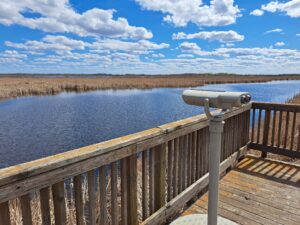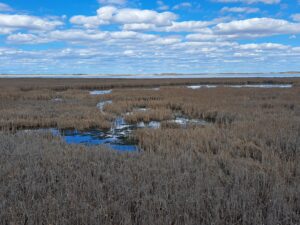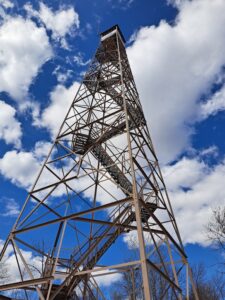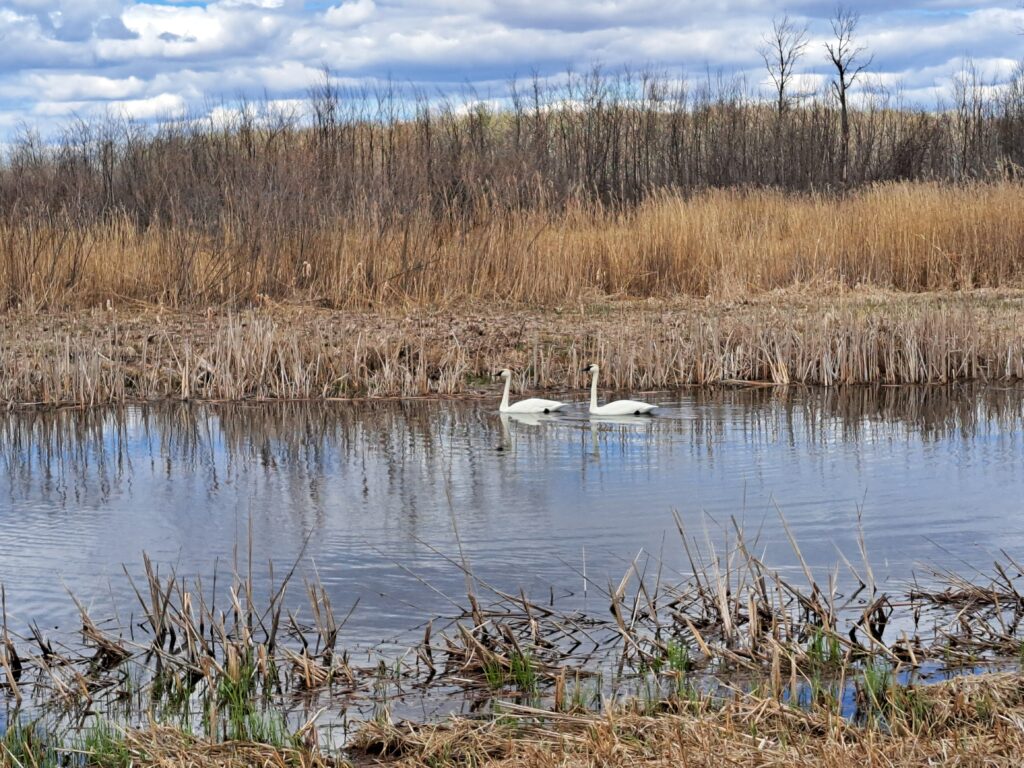Migration Season at Agassiz National Wildlife Refuge

By Kyle Dahlquist, Clean Water Corpsmember / AmeriCorps Member placed at Pennington SWCD

As the weather warms and the days lengthen, the familiar signs of spring begin to emerge. A time of growth and transition, the spring welcomes a mosaic of life and activity, perhaps best exemplified by the return of migratory birds.
A critical rest stop for these birds in northwestern Minnesota is Agassiz National Wildlife Refuge. Established in 1937 by President Franklin Roosevelt, the sprawling 61,500 acres are a designated Globally Important Bird Area, providing key breeding ground and habitat for trumpeter swans, Canada geese, Franklin’s gulls, black terns, and 17 species of ducks. So named for the ancient glacial lake that once dominated the area, Agassiz sits at the southern end of the aspen parkland transitional zone. This zone separates the western prairies and eastern conifers, and stretches all the way to Lake Winnipeg.

I had the pleasure of visiting Agassiz on a warm Sunday afternoon in early May. I wandered the trails, observing the waterfowl browsing in the seemingly endless wetlands that stretched out before me. The air was a symphony of birdsong. A pair of trumpeter swans regarded me with caution, as geese and ducks flew overhead. Near the visitor center, a recently burned area of grassland stood out, black char among the mottled brown. Such controlled burns are critical to habitat management, as they mimic the natural cycles of fire and regrowth on the landscape. A 100-foot high observation tower broke the evenness of the horizon. I can’t wait to explore more of this wonderful and important place as the summer progresses and the birds finish their journey.
According to the Cornell Lab of Ornithology, the United States sees roughly 3.5 billion birds return from their wintering grounds in Mexico and the tropics. At its zenith, there can be as many as one billion birds in the sky at once. For most bird species, the majority of this journey happens at night. The moon and stars provide excellent waypoints for navigation, and the less turbulent atmosphere is ideal for sustained, energy-draining flights. Most regions of the US will experience a migratory peak of about a week. The farther north, the later this peak is. For most of the upper Midwest, including Minnesota and Wisconsin, this high-water mark is May 15th-21st.

There are several steps you can take to improve the likelihood of a successful migration season. Excessive nighttime lighting can disorient and misdirect birds, so turning off or shielding any unnecessary lights can have a large impact. Another potential hazard is external windows. Birds often have difficulty discerning glass surfaces from open space, and can be seriously injured or killed in collisions. On October 4th, 2023, a mass migration event occurred in Chicago, on the shores of Lake Michigan. An estimated 200,000 migratory birds flew by in the span of only an hour. Tragically, over 1,000 birds, most of them low-flying songbirds, struck various glass buildings along the waterfront. Applying decals, ribbons, or other visible coverings to windows can reduce the likelihood of bird strikes and ensure a safe migration through highly populated cities. It is vital that we all do that we can to protect these determined travelers, and ensure that places like Agassiz Refuge remain teeming with life.
